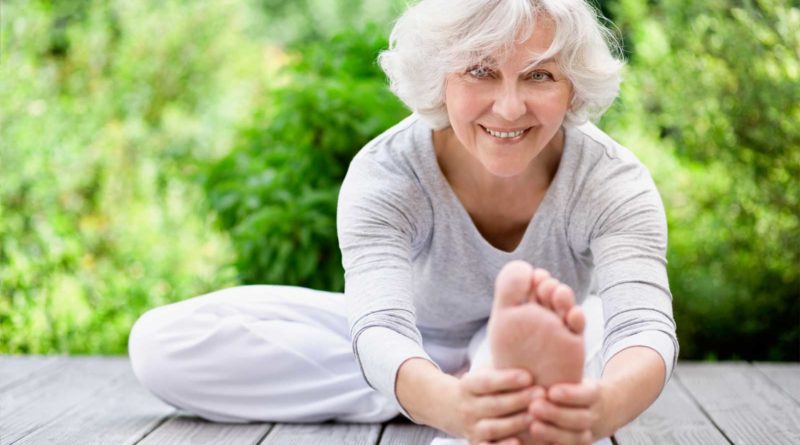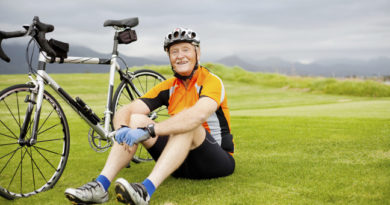Yoga for Over 50s
The benefits of yoga are far-reaching. Restoring health, soothing sore joints and tense muscles, the practice of yoga increases flexibility and invites calmness.
Recommended by health professionals, from GP’s to neurologists and physiotherapists, yoga is a positive pursuit for body and mind. Increasing bone density and production of serotonin, while protecting the body from disease, practising yoga three times a week for three months will produce visible results.
Fresher skin will be revealed, fat percentage and blood pressure will reduce, as will your metabolic age. An hour of Ashtanga yoga can burn up to 600 calories per hour. A zero-impact sport this is a far more sustainable form of exercise for bodies over 50 years of age.
Unsure of which form of yoga to try out or what you can expect from your first class? Read up on your guide to getting flexible on the mat!
1. There are eight main types of yoga, ranging from beginners to advanced forms of practice. Ivengar yoga is an excellent gateway to learning routines, understanding poses and correcting alignment. Belts, foam blocks and bolsters are encouraged during practise and ease stiff muscles into poses, assisting flexibility. As you begin to understand the language, you can work your way towards Ashtanga, a flowing free form of yoga.
Bikram is a hugely popular style of yoga. Poses are held, whilst participants are gathered in a heated studio. These elevated temperatures aid yogic intensity and allow for muscles to feel more supple. A great way to detoxify impurities while accelerating fat burn, Bikram is a supremely effective way to boost your health while promoting mindfulness.
2. Some health and leisure clubs offer a generic yoga class which will combine various styles. These are a good choice for everyone. Inform your class teacher of any issues, muscle weakness or joint pain you have. This will allow for any pose modifications to be recommended during the class to avoid injury.
3. Never skip warm-up or warm down. It can feel tempting to fast track the beginning and end of sessions to engage straight in the main yogic cycle. This will leave you vulnerable to tearing ligaments and increasing recovery time. The end relaxation period, entitled Sevasanna is your own time to reflect on the present moment.
This Sevassana is as equally essential to your health as the physical exercise of the practice. If you have access to a spa in your gym, pop into the sauna for five minutes before the class begins and finishes with ten minutes in the jacuzzi. The heat will increase blood flow to the muscles, gently, post practise.
4. Practice meditation at home. To absorb the instructions given to you in the first few sessions of your yogic practice, you must be able to achieve a state of calm upon entering the class. Some people find music is a great aid to allow the mind to focus and the thoughts to quieten. Delta waves and sounds of nature can be a gentle way to engage body and mind
5. If you want to increase your confidence and build strength, try out Youtube classes at home. We recommend The Mat Project and Yoga with Adrienne. Close the curtains, light a candle and choose a quiet spot, practice makes perfect.





